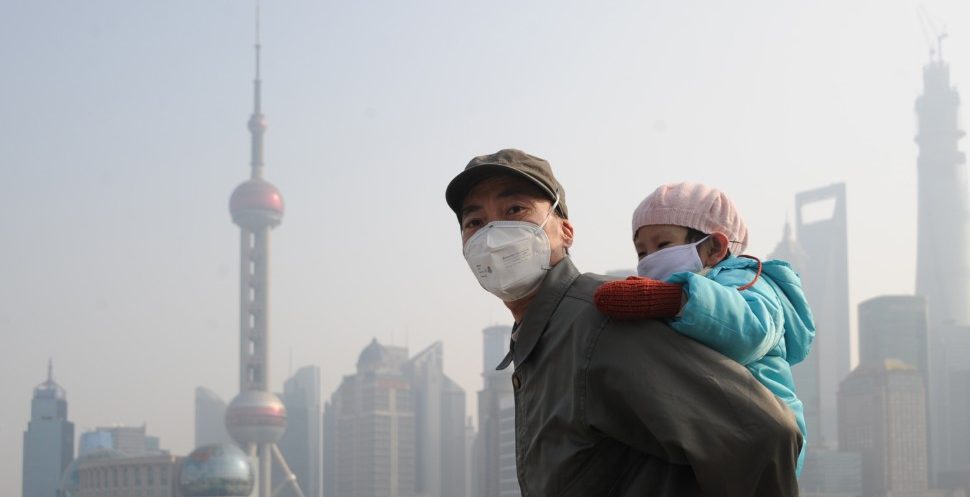Environmental pollution is proven to be the leading cause of disease and premature death in the world today, according to a recent research published in Lancet.
Diseases caused by pollution were responsible for over 9 million premature deaths in 2015, which is the 16% of all deaths worldwide (see Infographics HERE).
This death toll is three times more deaths than from AIDS, tuberculosis, and malaria combined and 15 times more than from all wars and other forms of violence. In the most severely affected countries, pollution-related disease is responsible for more than one death in four.
Pollution disproportionately kills the poor and the vulnerable. Nearly 92% of pollution-related deaths occur in low-income and middle-income countries.
Children are at high risk of pollution-related disease and even extremely low-dose exposures to pollutants – both during pregnancy and in early infancy – can result in disease, disability, and death in childhood and across their lifespan.
Despite its substantial effects on human health, the economy, and the environment, pollution has been neglected, especially in low-income and middle-income countries, and the health effects of pollution are under-estimated in calculations of the global burden of disease.
Pollution in low-income and middle-income countries that is caused by industrial emissions, vehicular exhaust, and toxic chemicals has particularly been overlooked in both the international development and the global health agendas.
Although more than 70% of the diseases caused by pollution are non-communicable diseases, interventions against pollution are barely mentioned in the Global Action Plan for the Prevention and Control of Non-Communicable Diseases.
Pollution is undoubtedly costly. Pollution-related diseases cause productivity losses that reduce gross domestic product (GDP) in low-income to middle-income countries by up to 2% per year. Pollution-related disease also results in health-care costs that are responsible for 1,7% of annual health spending in high-income countries and for up to 7% of health spending in middle-income countries that are heavily polluted and rapidly developing.
Welfare losses due to pollution are estimated to amount to US$ 4,6 trillion per year, which is about 6,2% of global economic output.
The costs attributed to pollution-related disease will probably increase, as additional associations between pollution and disease are identified. Pollution endangers planetary health, destroys eco-systems, and is intimately linked to global climate change.
The Good News
The good news is that much pollution can be eliminated, and pollution prevention can be highly cost-effective.
High-income and some middle-income countries have enacted legislation and issued regulations mandating clean air and clean water, established chemical safety policies, and curbed their most flagrant forms of pollution.
The claim that pollution control stifles economic growth and that poor countries must pass through a phase of pollution and disease on the road to prosperity has repeatedly been proven to be untrue.
Pollution control will advance attainment of many of the sustainable development goals established by the United Nations to guide global development in the 21st century. In addition to improving health in countries around the world, pollution control will help to alleviate poverty, improve access to clean water and improve sanitation, promote social justice, build sustainable cities and communities and protect land and water.
Pollution control, in turn, will benefit from efforts to slow the pace of climate change by transitioning to a sustainable, circular economy that relies on non-polluting renewable energy, on efficient industrial processes that produce little waste, and on transport systems that restrict use of private vehicles in cities, enhance public transport, and promote renewables and their products.
DASO Strategy
Sustainable management, production prevention and waste reduction have become important policy priorities and constitute an important part of efforts to reduce environmental pollution, reduce greenhouse gas emissions and mitigate global climate change.
DASO’s Environment Strategy focuses on Circular Economy, the most realistic contribution to Sustainable Development & Health Protection, through saving natural resources and efficient waste management.
We have managed to change the long standing linear model “Production – Consumption – Disposal” into a Circular Economy Process with emphasis on “Diversification – Recovery – Reuse” and created a 360 viable solution with multiple benefits for Society, Health, Economy and the Environment.
